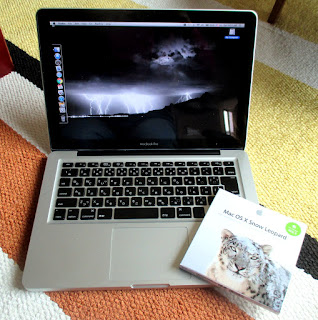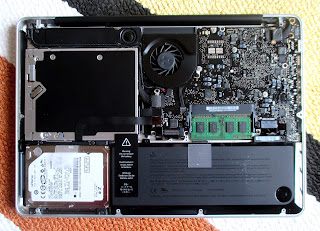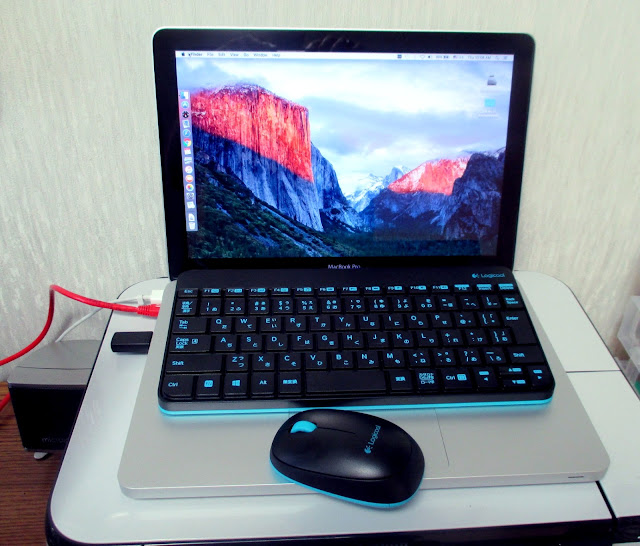The View from the Dark Side
Her supporters will tell you, at rather high
decibels, that Hillary Clinton is the “lesser evil” because she is an
experienced politician and public “servant”. In spite of much evidence to the
contrary they will also tell you that she is a liberal “progressive” politician
who cares deeply, deeply about the common man—much evidence in her record to
the contrary.
Listed below, from the Infowars website (linked below), is a short list of some of her “accomplishments”
(in Latin America) during her tenure as Secretary of State in the first term of
the Obama Administration. The list seriously calls into question her claim to
the mantle of friend of the middle and working classes. She has consistently
undermined progressive socialist Latin American leaders and facilitated a
number of right wing coups that led to the establishment of right wing
governments of less than democratic persuasion. It used to be said that what
was good for United Fruit was good for Latin America. It could be said now that
what’s good for Finance Capitalism is good for Latin America. The Latin
American fellaheen (in Kerouac’s sense) might beg to differ.
 |
| what a Clinton Presidency might look like?? |
Argentina:
Before Hillary: Under President Nestor Kirchner and his
wife Cristina Fernandez de Kirchner, Argentina’s economy improved and the
working class and students prospered.
After Hillary: After former president Nestor Kirchner’s
sudden death in 2010, the U.S. embassy in Buenos Aires became a nexus for
anti-Kirchner activities, including the fomenting of political and labor
protests against the government. Meanwhile, Clinton pressed Argentina hard on
its debt obligations to the IMF, also crippling the economy.
Bolivia
Before Hillary: Bolivia’s progressive president Evo
Morales, the country’s first indigenous Aymara leader, provided government
support to the country’s coca farmers and miners. Morales also committed his
government to environmental protection. He kept his country out of the Free
Trade Area of the Americas and helped start the Peoples’ Trade Agreement with
Venezuela and Cuba.
After Hillary: Clinton permitted the U.S. embassy in
La Paz to stir up separatist revolts in four mostly European-descent Bolivian
provinces, as well as foment labor strikes among miners and other workers in
the same model used in Venezuela.
Brazil
Before Hillary: Brazil’s progressive presidents, Luiz
Inacio Lula da Silva and Dilma Rousseff, ushered in a new era for the country,
with workers’ and students; rights at forefront and environmental protection
and economic development for the poor major priorities.
After Hillary: Clinton’s authorization of massive
electronic spying from US embassy in Brasilia and consulate general in Rio de
Janeiro resulted in a “constitutional coup” against Rousseff and the Workers’
Party government, ushering in a right-wing, CIA-supported corrupt government.
Ecuador
Before Hillary: Ecuador began sharing its oil wealth
with the people and the economy and the plight of the nation’s poor improved.
After Hillary: Clinton authorized a 2010 National
Police coup against President Rafael Correa. The economy soon plunged as labor
disputes wracked the mining and oil sectors.
Guatemala
Before Hillary: Under President Alvaro Colom, the
nation’s first populist progressive president, the poor received access
to health, education, and social security.
After Hillary: Clinton authorized the U.S. embassy in
Guatemala to work against the 2011 election as president of Colom’s wife,
Sandra Torres. Colom was succeeded by a right-wing corrupt president who
resigned for corruption and then was arrested.
Honduras
Before Hillary: Emergent multi-party democracy with a
populist progressive president, Manuel Zelaya. Children received free
education, poor children received free school meals, interest rates were reduced,
and the poorest families were given free electricity.
After Hillary: Clinton authorized a military coup
d’etat against Zelaya in 2009. Clinton family “fix-it” man Lanny Davis became a
public relations flack for the military dictatorship. Resulting fascist
dictatorship involved in extrajudicial death squad killings of journalists,
politicians, and indigenous leaders followed the “constitutional coup” against
Zelaya. During 2012, Clinton ordered U.S. embassy in Tegucigalpa to work
against 2013 election of Xiomara Castro de Zelaya as president.
Paraguay
Before Hillary: The country under Fernando Lugo began lifting
out of poverty the nation’s rural campesinos and urban workers.
Paraguay also began a steady move toward democratization after years of military
dictatorships.
After Hillary: Clinton’s 2012 “constitutional coup”
against Fernando Lugo brought back into power the military-industrial oligarchy
with the nation’s campesinos being forced back into poverty and
repressive rule.
Venezuela
Before Hillary: Under Hugo Chavez, the country provided
basic social services to its poorest of citizens. Venezuela also provided
discounted gasoline to several Caribbean and Central American countries through
the PetroCaribe consortium.
After Hillary: After Clinton allowed the U.S. embassy
in Caracas to foment anti-Chavez labor and political protests, the country
began to falter economically. After Chavez’s 2012 diagnosis of terminal cancer,
the State Department stepped up pressure on Venezuela, crippling the nation’s economy
and political system.













